Radiator stop valve - detailed feature and installation
Installing the battery is not only to just fix the radiator on the wall and connect the supply and return pipes to it. It is also necessary to install the necessary valves, in particular, valves, and the thermostat will not be superfluous.
This will increase the flexibility of the heating system.
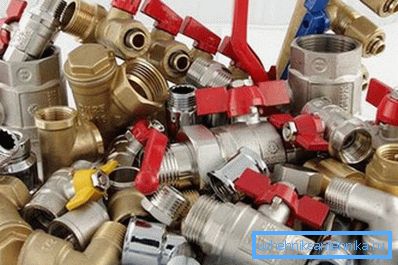
Why do you need valves when installing the battery
In general, this category of devices should include not only cranes of various types, but also various dampers, valves. And valves for radiators also includes plugs that are installed on the holes in the side of the battery.
When installing the battery, it is advisable to use:
- a couple of ball valves - they are useful in order to quickly stop the flow of coolant into the battery. For this, a bypass is arranged, and valves are installed on the supply and return pipe;
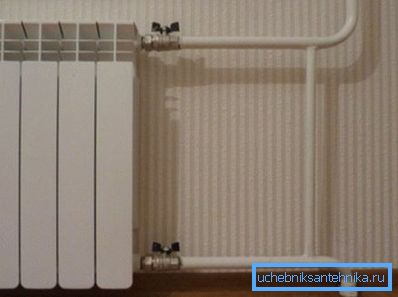
- When the radiator is connected to the system, a special stopcock can be used, in which it is possible to quickly flush the water.
From the regulating device, the automatic thermostat will be useful, it will allow you to change the heat transfer of each battery separately. Thanks to this, it will be possible to save on heating, and in the house it will be more comfortable.
Note!. The thermostat is connected to the radiator itself, followed by a stopcock, then a bypass pipe. Only with such a sequence will the system work normally.
Detailed characteristics of valves
The normal operation of the heating system depends largely on the correct choice of the type of crane for a particular task. So it makes sense to consider in more detail the types of valves and its scope.
Ball Valves
The ball valve for a heating radiator is called so because its locking part has the shape of a ball with a hole in the middle. And the principle of its work lies in the fact that one turn of the handle blocks the water supply through the pipe.
This is very useful, for example, when a battery rushes to turn off the water supply almost instantly, if a screw device was used for the same purpose, then you would have to spend a lot more time.
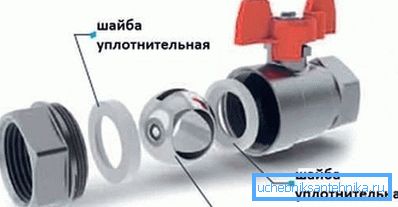
In addition to the ball, you can find analogues with a conical or cylindrical locking part on the market (these were used in Russian samovars). But in terms of performance, the ball is out of competition. Cone, for example, are characterized by increased wear.
As for the choice of a ball valve, it is necessary to take into account its dimensions and the type of metal from which it is made (it is necessary that, together with the metal of the radiator, it does not form a galvanic pair).
Also, attention should be paid to the size of the hole in the locking part:
- full bore - in them, the diameter of the hole exactly corresponds to the internal diameter of the pipe itself. Due to this, after installation in the open state, it does not reduce the amount of water entering the battery;
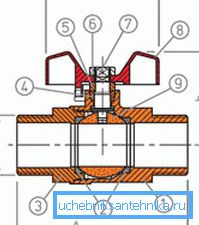
- standard - in them the diameter of the hole is about 20% smaller than the internal diameter of the pipe. When using this model, we obtain a reduction in heat transfer from the radiator by 10-15%;
- not full bore - due to the small hole in the ball, the flow rate of the liquid is reduced by about half.
Note! Given this, for installation in front of the battery should be used only full-passage locking devices.
As for how the device of the stop valve for the radiator looks like, a metal ball and a gasket will be seen in the section, which ensures tightness in the closed state. Relatively recently, polymer shut-off valves appeared on the market, they are suitable for installation on any radiator, regardless of what material it is made of.
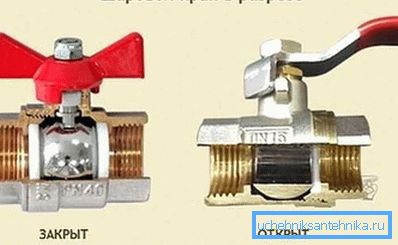
Note! Models with a plastic housing for strength quite a bit inferior to metal. But the thickness of the more, it must be considered when choosing.
More traditional can be considered metal taps. Usually either brass or its alloys are used, so there should be no problems with the combination of metals.
He has only 2 working positions, which is why he belongs to the “stop valves” class. On sale you can find and 3-way valves, they can also be used when connecting radiators. All the difference lies in the fact that working position 3, and the flow of water can be directed in one of two directions.
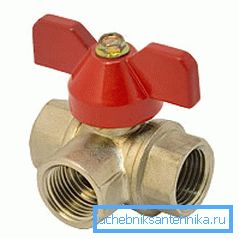
The price of such devices is low, and given the flexibility of the heating system, the additional costs are justified.
Stop valve
This category of devices can be used to connect radiators (in a 2-pipe heating system). Thanks to their design, the valves, like ball valves, allow you to quickly block the flow of water into the battery, and you do not need to interrupt the operation of the heating system. They can also be used to conveniently drain water from a heater or fill it with liquid.
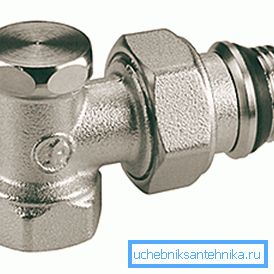
Note! The radiator straight shut-off valve in the basic configuration does not provide for the installation of a drain valve. But a useful addition can always be purchased separately.
As for the expediency of the purchase, from a technical point of view there is no difference to put a ball valve on the return pipe or to choose a shut-off valve. If the feed pipe is at least a simple thermostat, then both options will work the same way.
But the differences in the design of the ball valve and shut-off valve is still there. The first can only be in the open / closed position, but the hex valve can regulate the flow of coolant.
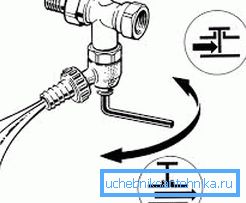
Significant differences are in appearance. Ball valves are produced with a clearly visible red “butterfly”, but the radiator shut-off valve looks much better.
It does not have a valve for turning, so that it will not stand out strongly from the pipes and the battery itself. Its cost is higher than that of a ball valve, but given that the heating system is not made for 1 year, you can also spend it.
The drain valve, which is used to drain water from the radiator, is installed on the shut-off valve. When turning it with a special handle, the water supply to the radiator is blocked.
Installation of the stopcock
The whole process takes only a few minutes, you can do all the work with your own hands, without the help of specialists. It is only necessary not to rush, for example, a slight bias when installing a valve on the pipe can result in a serious leakage during the heating season.
Manufacturers produce valves with several types of connections. On sale it is possible to find cranes for a welded joint, flange, muftovy. The non-detachable joint type cannot be recommended due to difficulties with future repairs, the flange joint type is used only at industrial enterprises, and in everyday life, preference is given to detachable joints.
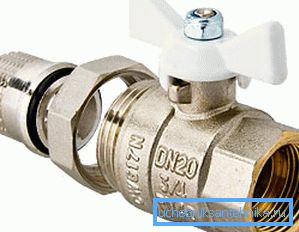
Most often used cranes with a cap nut or an American, tightness is ensured high, and labor intensity is minimal.
In this case, more attention is needed at the preparatory stage:
- you need to decide on the type of thread. Cranes can be either coupling, or with external thread or combined, you need to choose based on the type of thread on the pipe;
- pen type also plays a role. If the pipe goes close to the wall, then you only need to choose the version with a butterfly, the long handle will simply rest against the wall.

Installation instructions consist of several actions:
- selects the installation location of the crane;
- checked the progress of the handle;
- next is the threaded connection. It is mandatory to use a take-up for additional tightness of the joint;
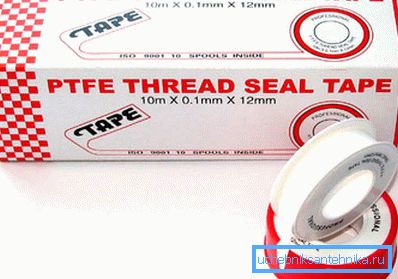
Note! It is allowed on the horizontal pipe to deflect the handle from the vertical by 45 ?. So the joint can not be screwed up to the end, but a little turn the tap to the side, so that it is more convenient to use it.
- The final step is to check the joint for leakage.
Summarizing
Despite the fact that the heating radiator, in principle, is a self-sufficient object, forgetting about valves and fittings is undesirable. The use of simple ball valves and valves will make the work of the heating system more flexible and guarantees comfort in the house throughout the heating season.
The video in this article shows the installation process of the ball valve.